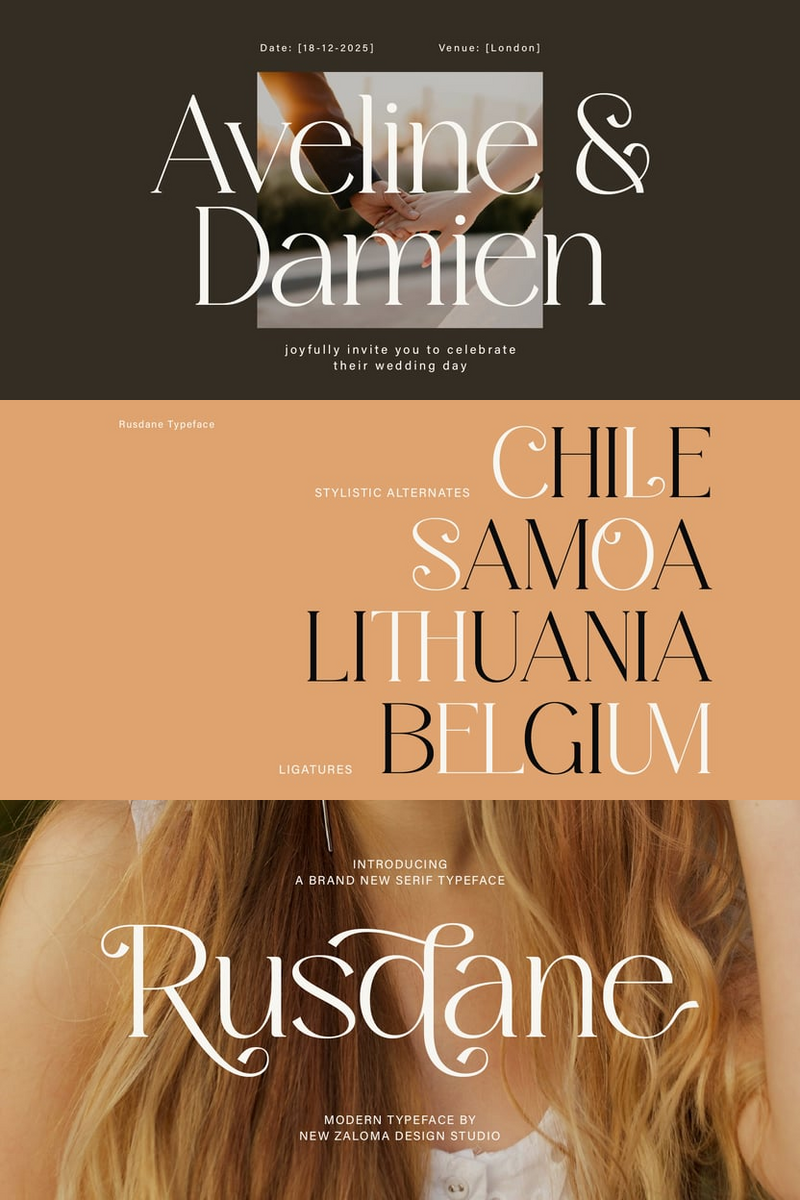Fonts are more than just shapes on a page; they’re the first impression. They have the power to shape the way we perceive information. But, if you’re like many people, you might be thinking: “Mainstream fonts are too plain, too overused, too safe.”
Let’s address that right now! Sure, Times New Roman and Arial may seem “boring,” but when used strategically, these fonts can still help you achieve stunning design results. They aren’t the problem; it’s how you use them that counts.
So, if you think the mainstream font world is all about dull choices, let me show you why these fonts can actually be your secret weapon. By the end of this article, you’ll not only understand why mainstream fonts work, but you’ll also see how they can be transformed into powerful tools to elevate your design.
The Power of Mainstream Fonts: They’re Not Just ‘Default’
You’ve probably heard the phrase “don’t reinvent the wheel” when it comes to design. Well, mainstream fonts are kind of like that trusty wheel. They’re already proven to be highly readable and accessible. And that’s no accident. Fonts like Arial, Times New Roman, and Helvetica have stood the test of time for a reason—they’re versatile and reliable, and they work.
But you might still be thinking: “But everyone uses them, doesn’t that make them boring?” It’s true; mainstream fonts are everywhere. They’re the typefaces that pop up in everyday places like office documents, news articles, and websites. However, here’s the game-changer: when you combine these fonts with the right design elements—like color, spacing, and contrast—you can make them feel fresh, modern, and appealing.
Objection Handling: Why Aren’t They ‘Cool’?
Let’s address the elephant in the room. Many people believe that mainstream fonts don’t convey creativity or uniqueness. I get it. After all, using something “default” might feel like a missed opportunity to express originality. But here’s the thing—cool isn’t always about being obscure or complex.
It’s about how the font interacts with the content. Think of it like this: a strong font choice can serve as a framework, a backdrop that supports the message you're trying to convey. Mainstream fonts excel at doing just that. They create clarity and ensure that your message doesn’t get lost in fancy flourishes. In fact, by opting for something clean and simple, your content actually has the chance to shine.
The Solution: Make Mainstream Fonts Work for You
Okay, now that we’ve debunked some myths, let's get to the solution: how do you make mainstream fonts look exciting? Here’s how:
Contrast and Hierarchy: Combine a mainstream font with bold colors or subtle shades to highlight important points. Play around with font weights—bold for emphasis, light for a softer touch. You don’t need a fancy font to make a statement, just clever design.
Use Size Wisely: The size of your font can communicate so much more than you think. Large fonts draw attention, while smaller fonts can provide detail and support. Pairing a large mainstream heading with smaller body text adds balance to your design.
Spacing Is Key: Adjusting line spacing and letter spacing (or tracking) can completely change how a font feels. Tighten things up for an ultra-modern look, or open them up for a spacious, airy vibe. This is where you can really start experimenting with a mainstream font to make it feel unique to your design.
Be Bold with Layout: If you're using a classic font like Helvetica, get creative with the layout! Use asymmetry, white space, and elements like images to make your design feel dynamic. It’s not about the font being flashy—it’s about how the whole design works together.
Mix and Match: Mainstream fonts are great for pairing. Try combining a serif font like Times New Roman with a sans-serif font like Arial. This contrast adds an extra layer of interest while keeping things clean and accessible.
The Takeaway: Mainstream Fonts Are Your Secret Weapon
Mainstream fonts don’t have to be a design crutch. When used thoughtfully, they become an essential part of a strong, modern, and functional design. They offer timeless readability, clean lines, and a versatility that allows you to focus on what really matters: your content.
So, the next time you’re working on a project, don’t shy away from using fonts that are considered mainstream. With the right touches, these fonts can become more than just placeholders—they can be the foundation of your design’s success. It’s all about how you use them!
Are you ready to embrace the power of mainstream fonts and give your designs a fresh, impactful twist? The world of typography is full of possibilities—don’t let the ordinary fool you.


No comments:
Post a Comment